About Netflix's The Sandman
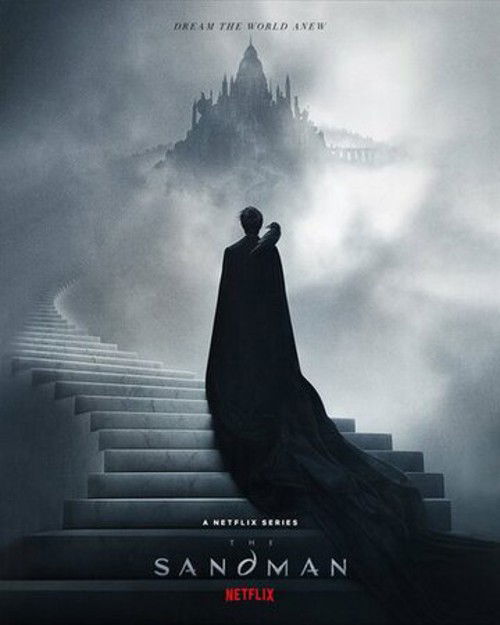
The Sandman is an American series that premiered its first season in 2022 on Netflix. The first part of its second and final season was released on July 3, 2025, with the second part scheduled for release on July 24, 2025.
The show was produced and written by Neil Gaiman, David S. Goyer, and Allan Heinberg. It is based on Neil Gaiman's eponymous comic book series published by DC Comics.
The cast includes Tom Sturridge as Dream (Dream / Morpheus), Kirby Howell-Baptiste as Death, Mason Alexander Park as Desire, Donna Preston as Despair, Adrian Lester as Destiny, Barry Sloane as Destruction, Esme Creed-Miles as Delirium, and Gwendoline Christie as Lucifer.
While the adaptation has been well-received, it has sparked significant discussion among critics and fans, with both positive and negative points worth exploring.
5 Highlights of The Sandman So Far
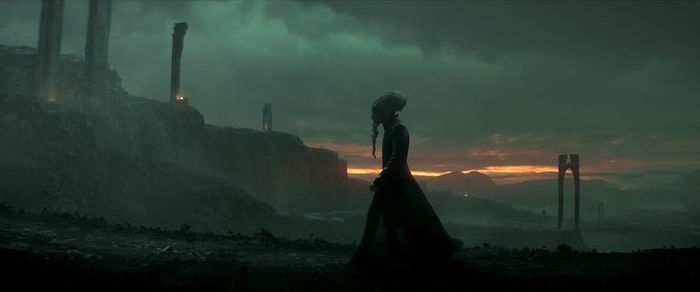
Faithfulness to the Original Material
The series stays remarkably true to the essence and narrative of the comic books. With Neil Gaiman's active involvement in the production, the adaptation has masterfully preserved the tone, themes, and atmosphere of the original work, alleviating fans' concerns and ensuring an authentic and engaging experience for both longtime readers and newcomers.
The result is a production that not only honors the source material but also stands out for its rich visuals and engaging storytelling.
Stunning Visuals
The visual effects and production design are exceptional, taking the experience to another level. The Dreaming, Hell, and other realms are brought to life with incredible detail and creativity, using CGI to realize landscapes that once seemed impossible to adapt for the screen.
This technical brilliance not only captivates visually but also helps immerse audiences in Sandman's intricate, layered worlds, showcasing a strong commitment to honoring the visual grandeur of the original comics.
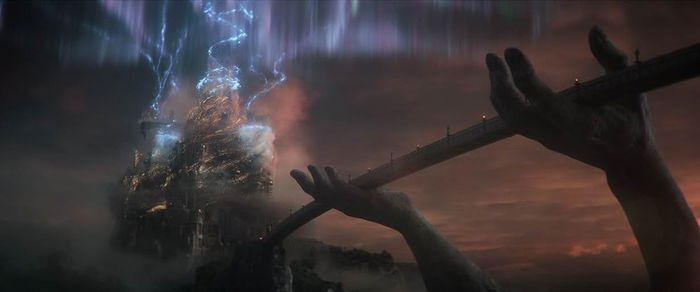
Casting and Performances
The casting choices and performances have been a major success, serving as a key pillar for the adaptation's favorable reception. Tom Sturridge as Dream/Morpheus is a standout, convincingly portraying the character's melancholy, gravitas, and complex evolution over the course of the story.
Additionally, Kirby Howell-Baptiste as Death, Gwendoline Christie as Lucifer, and Boyd Holbrook as The Corinthian deliver equally compelling and faithful performances that deepen and enrich the immersive world of The Sandman.
The chemistry among the cast and the way they embody these iconic characters greatly enhance the authenticity and emotional depth of the series.
Smart Adaptations for Television
The series has implemented clever changes to fit the television format, ensuring the narrative flows more fluidly. One notable adjustment is the expanded role of Lucienne (Lucien in the comics), who acts as a narrator and confidant to Dream, adding context and depth to the story.
Additionally, introducing The Corinthian earlier in the plot established a clearer narrative thread and an ongoing antagonist for the first season.
These deliberate creative decisions not only improved pacing but also made the characters' journeys more engaging and accessible to viewers unfamiliar with the source material.
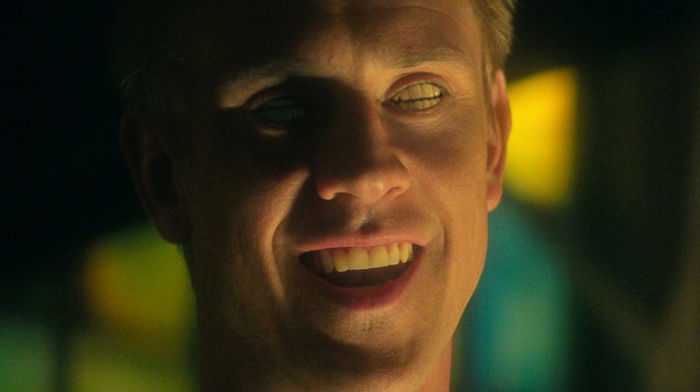
Exploration of Complex Themes
The show skillfully retains the philosophical depth of the comics, addressing profound themes such as purpose, destiny, humanity, grief, and the nature of dreams. These are presented in an intellectually stimulating and thought-provoking way.
By tackling these themes with care and intelligence, the series offers an experience that goes beyond just entertainment. It invites viewers to reflect on existential questions and engage with the narrative on a deeper emotional and intellectual level.
5 Misses in The Sandman
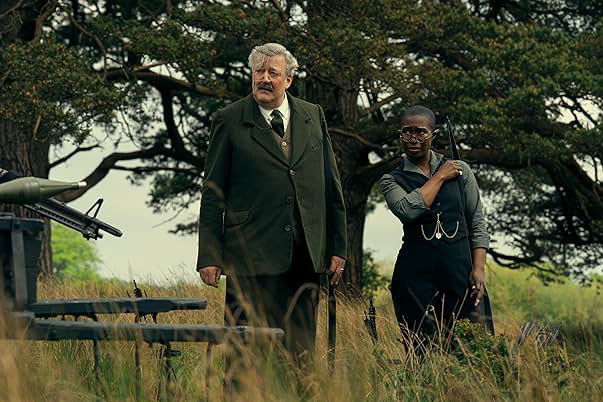
Inconsistent Pacing
The pacing of the series, particularly in the first season, tends to be uneven. The anthology-like structure of the comics, with its distinct story arcs, sometimes creates a sense of fragmentation or delay in the development of the main plot.
This inconsistency may make it challenging for viewers to fully engage, as the alternation between standalone stories and the central narrative disrupts the flow. Viewers might need some patience for the story to pick up momentum and fully capture their attention.
Lack of Tension in Certain Moments
Although the series excels in visual effects and high-stakes storytelling, it occasionally fails to deliver the level of tension an audience might expect. This is particularly noticeable in some moments, such as the appearances of Johanna Constantine (Jenna Coleman).
As a reinterpretation of the iconic John Constantine, viewers may have anticipated more action and darker elements. However, the series often takes a softer approach, missing opportunities to create a more intense and gripping story.
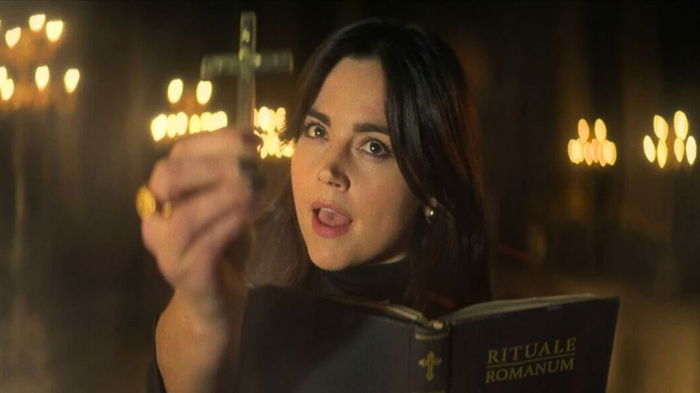
Underdeveloped Storylines
Given the expansive and intricate nature of Sandman, it is understandable that not all elements from the comics could receive equal attention in the adaptation. However, certain subplots and characters could have been more thoroughly developed to add depth to the story.
For instance, Gilbert (Stephen Fry) is an immensely fascinating character who, despite his significance, received limited screen time and development. The television format, with its capacity for in-depth storytelling, could have given his storyline more room to breathe, enriching both his narrative arc and the overall experience.
Second Season Split Decision
Netflix's decision to divide the second season into two parts, while a common marketing strategy, is a significant issue. This move disrupts the continuity of the story and negatively impacts the immersive experience for viewers.
This interruption in the narrative not only breaks the carefully built momentum but also diminishes the emotional impact and connection with the characters. For a series as intricate as Sandman, where every detail is pivotal, such fragmentation risks dampening viewer engagement.
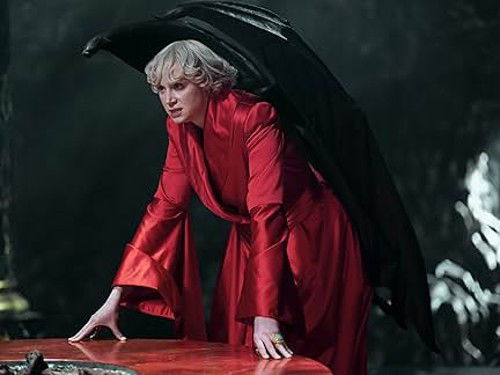
Shallow Adaptation of Wanda's Story
The portrayal of Wanda (Indya Moore) in the series has been a disappointment for many fans. In the comics, Wanda's storyline is deeply poignant, exploring complex themes like identity, acceptance, friendship, and grief. She plays a crucial role in Barbie's arc and The Dreaming, providing emotional grounding and loyalty.
In the series, however, Wanda's role was reduced to a supporting character assisting Dream and Delirium, significantly undermining the depth and emotional weight of her story.
This shortcoming lies less with the actress, who performs well within the constraints of the role, and more with the writers and directors, who failed to fully explore Wanda's rich character arc and its potential emotional resonance.
Conclusion
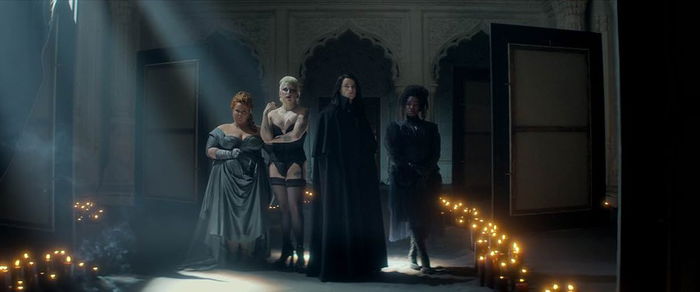
The Sandman is a visually stunning and ambitious adaptation that captures the essence of Neil Gaiman's original series. Its strengths include faithfulness to the comics, exceptional performances, and outstanding visuals, while its weaknesses lie in pacing and underdeveloped adaptation choices.
For both fans of Neil Gaiman and newcomers, The Sandman is a captivating series, full of stunning visuals and memorable characters.
Do you agree with these strengths and shortcomings? Share your thoughts in the comments!









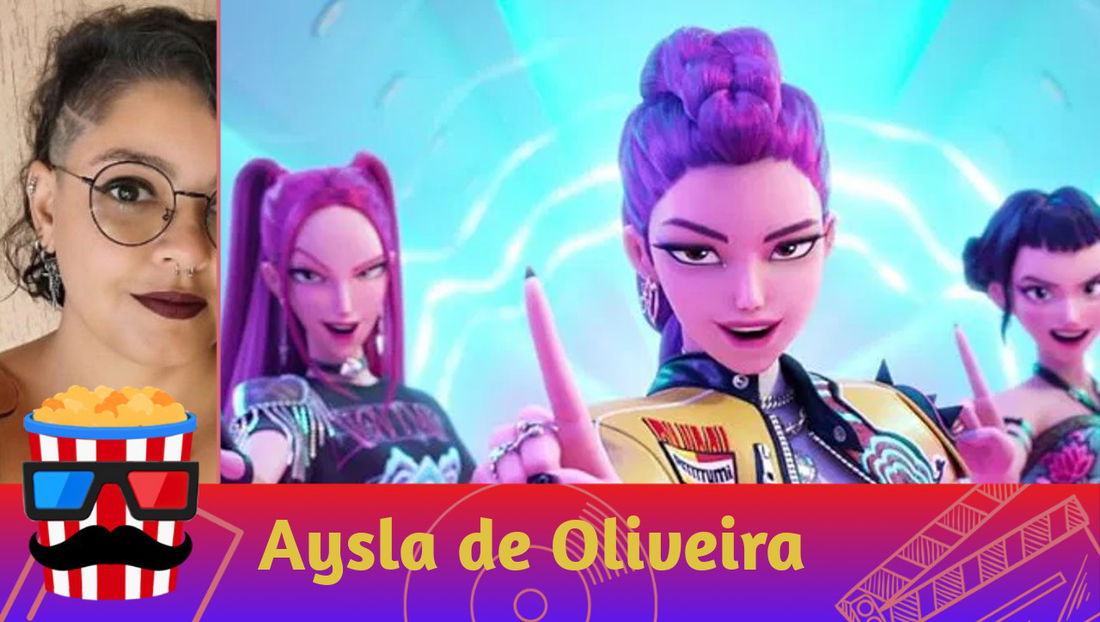



— Comments 0
, Reactions 1
Be the first to comment